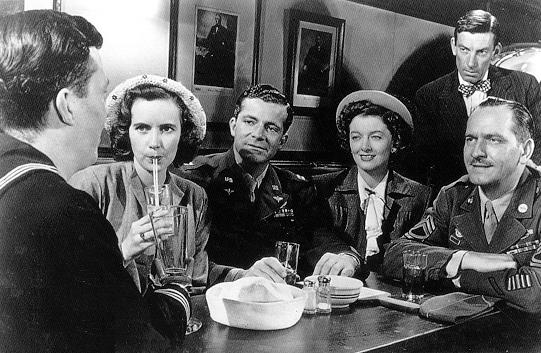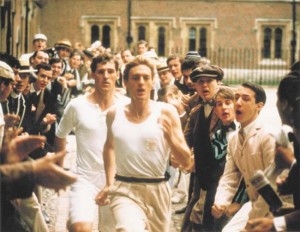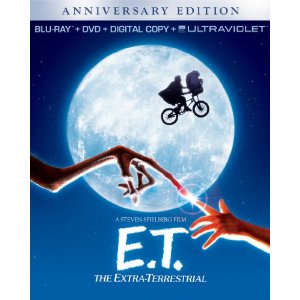A Hard Day’s Night
Posted on December 13, 2002 at 5:17 am
One of the greatest musicals of all time has a gorgeous new Criterion edition in honor of its 50th anniversary.
The documentary style of this movie masks its tight construction, clever script, and sublime anarchy second only to the Marx brothers. A surrealistic day in the life of the most overwhelmingly popular rock group of all time, it portrays the Beatles sympathetically — like the heroine of “It Happened One Night,” they are constantly told what to do and smothered by all they have. Part of the humor is that it is not the members of the Beatles but Paul’s “clean” grandfather who causes most of the trouble. Musical numbers include “Can’t Buy Me Love” and “Should Have Known Better” as well as the title song, inspired by Ringo’s warped syntax after a long recording session.
http://www.youtube.com/watch?v=wiW003U4iA8The deluxe anniversary edition includes lots of extras:
- New 4K digital film restoration, approved by director Richard Lester, with two audio options—a monaural soundtrack and a new 5.1 surround soundtrack made by Apple Records—presented in uncompressed monaural and DTS-HD Master Audio on the Blu-ray
- Audio commentary featuring various members of the film’s cast and crew
- In Their Own Voices, a new piece combining interviews with the Beatles from 1964 with behind-the-scenes footage and photos
- You Can’t Do That: The Making of “A Hard Day’s Night,” a 1994 documentary program by producer Walter Shenson
- Things They Said Today, a 2002 documentary about the film featuring Lester, music producer George Martin, writer Alun Owen, cinematographer Gilbert Taylor, and others
- New piece about Lester’s early work, featuring a new audio interview with the director
- The Running Jumping and Standing Still Film (1959), Lester’s Oscar-nominated short featuring Peter Sellers and Spike Milligan
- Anatomy of a Style, a new piece on Lester’s approach to editing
- New interview with Mark Lewisohn, author of Tune In: The Beatles: All These Years—Volume One
- Deleted scene
- Trailers
- One Blu-ray and two DVDs, with all content available in both formats
- PLUS: A booklet featuring an essay by critic Howard Hampton
Families who see this movie should talk about the nature of fads and the problems created by success.
Families who enjoy this movie together will also enjoy the Beatles in “Help!” and “Yellow Submarine,” but skip the movie “Magical Mystery Tour” and just listen to the music instead. Kids 12 and up might enjoy “I Wanna Hold Your Hand,” about teens overcome by Beatlemania or “That Thing You Do,” written and directed by Tom Hanks, the story of a 1960s Erie, Pennsylvania, rock group that has an unexpected hit song.



